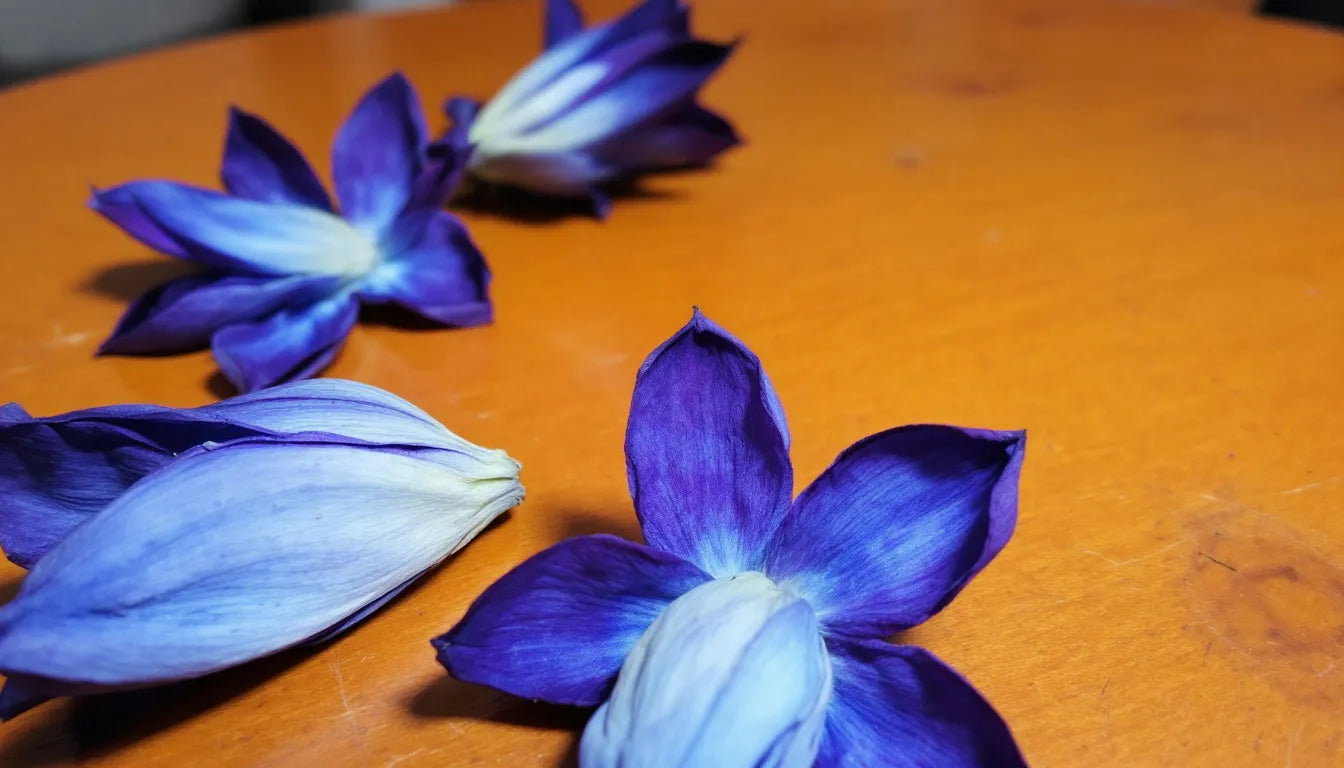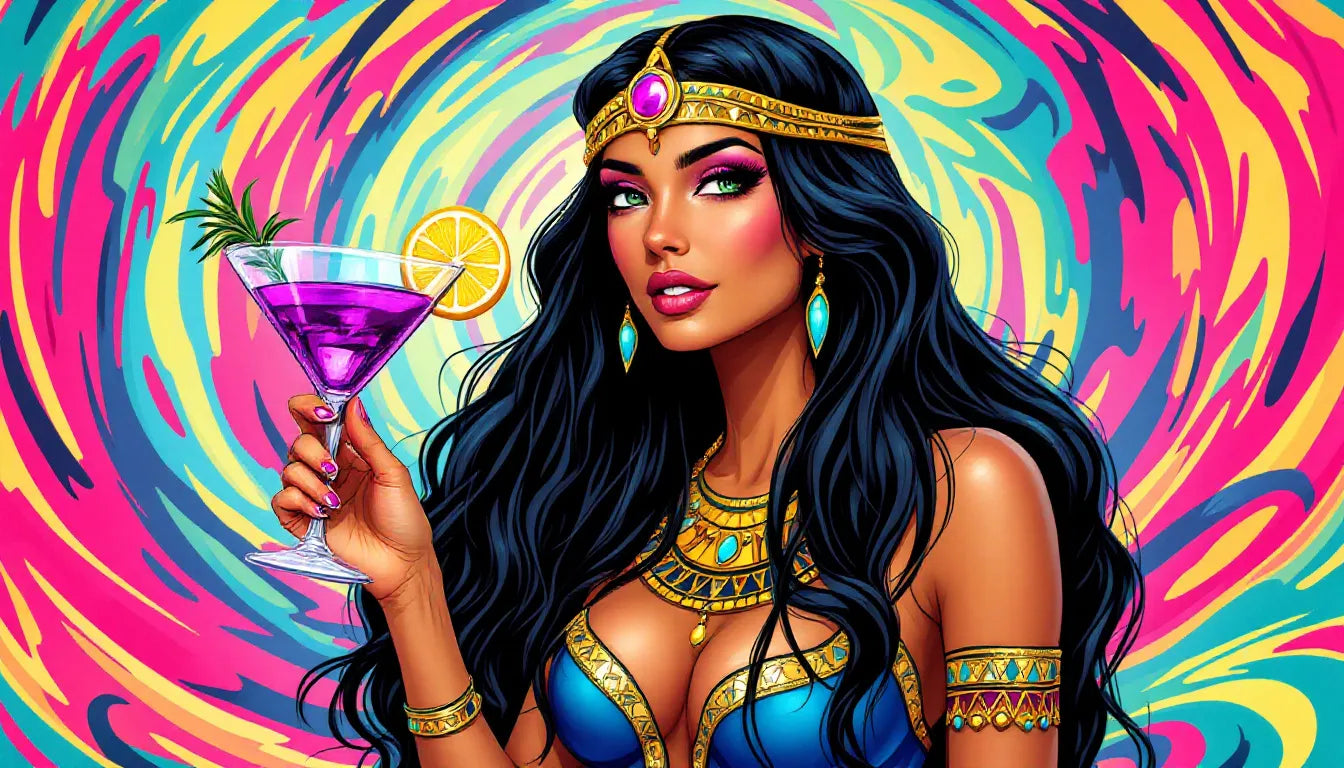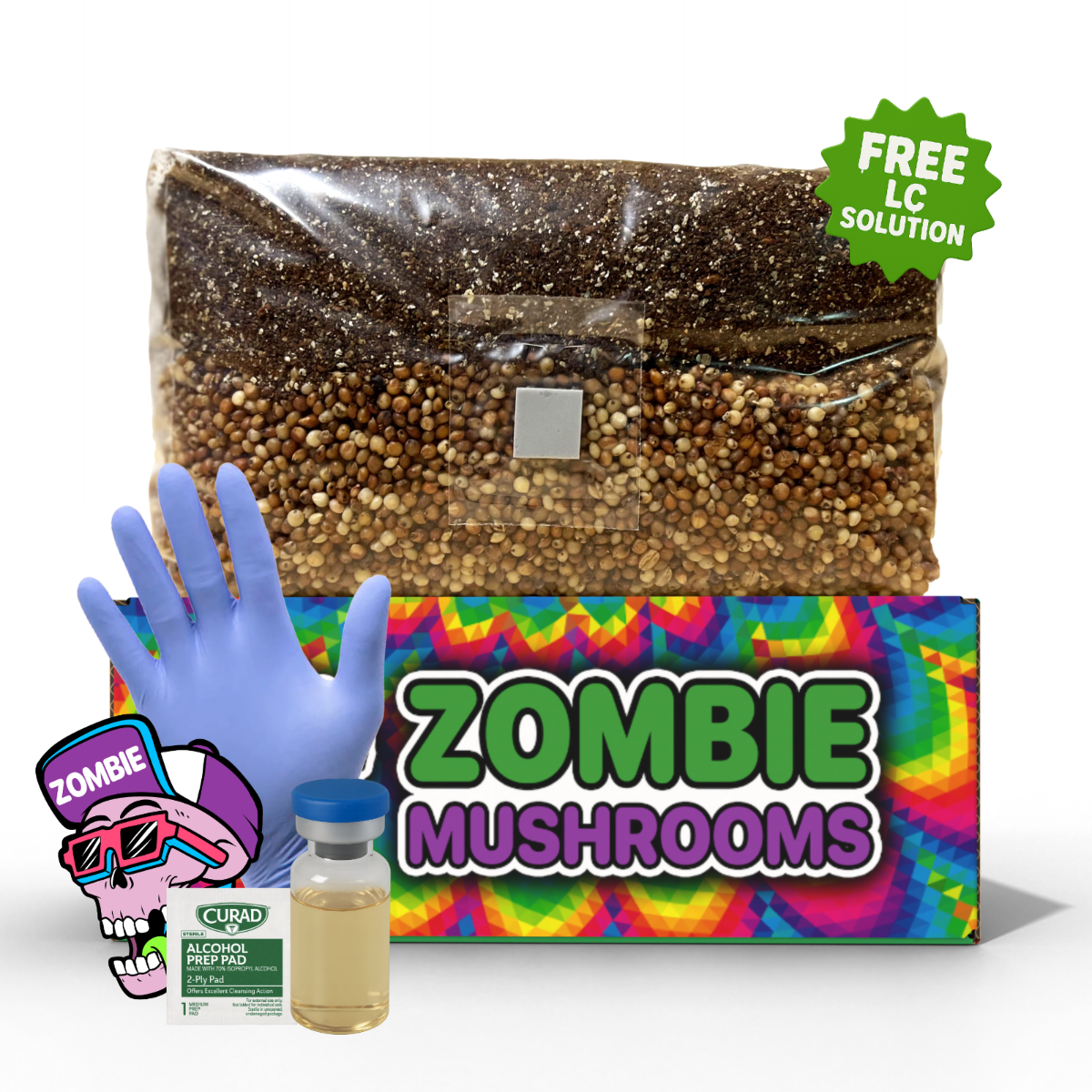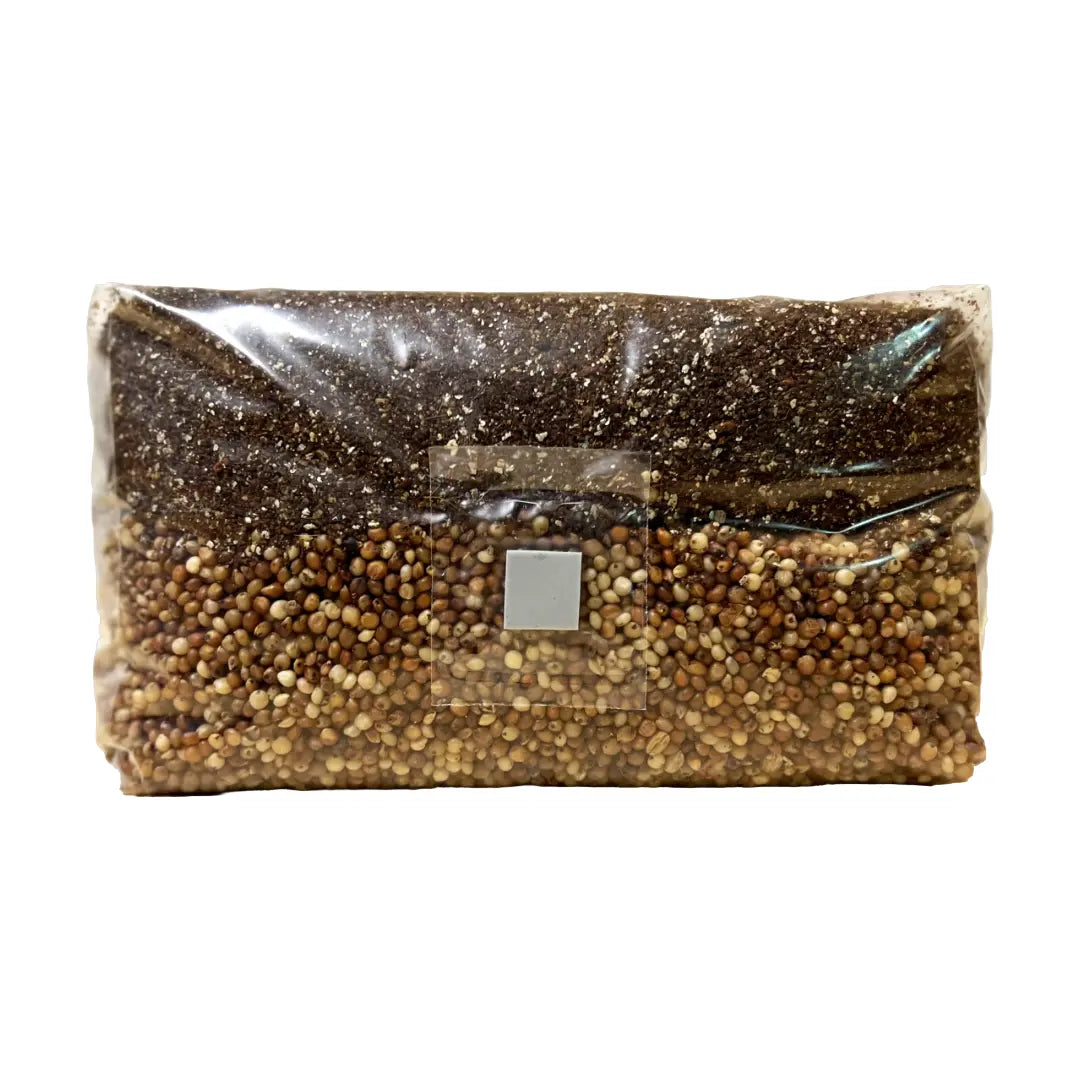⬇️ Prefer to listen instead? ⬇️
- 🧪 Archaeological residue analysis confirms the presence of psychedelic substances in ancient Egyptian ritual vessels.
- 🌿 Blue lotus, mandrake root, psilocybin mushrooms, and fermented drinks were likely used in mystical ceremonies.
- 🔮 Psychedelic consumption may have facilitated spiritual visions, divine communication, and fertility blessings.
- 🌍 Similar hallucinogenic rituals existed in ancient Greece, Mesoamerica, and the Amazon, linking global spiritual traditions.
- 🏛️ Modern psychedelic research rediscovering ancient practices could influence mental health treatments and therapeutic applications.

Introduction: Psychedelics in Ancient Civilizations
Throughout human history, psychoactive substances have played a significant role in religious and spiritual ceremonies. From South American shamans utilizing ayahuasca to the secretive Eleusinian Mysteries of ancient Greece, various cultures have turned to mind-altering substances to achieve divine communion. Recent discoveries suggest ancient Egyptian rituals—especially fertility rites—involved hallucinogenic cocktails composed of psychedelic drugs, alcohol, and other symbolic ingredients. These findings offer a fascinating glimpse into the esoteric traditions of one of history’s most influential civilizations.

Evidence of Psychedelic Use in Ancient Egypt
Archaeological Findings and Residue Analysis
Egyptian artifacts, including ceremonial chalices and bowls, have been found with trace amounts of psychoactive plant remnants. A groundbreaking 2024 study by Jones and Smith analyzed chemical residues inside ritual vessels excavated from temples and burial sites. The analysis revealed the presence of compounds matching those found in known hallucinogenic plants, confirming these substances were deliberately used rather than incidentally present from environmental contamination.
Additionally, depictions on temple walls and papyri reference the consumption of sacred beverages in religious settings. Some hieroglyphic texts describe experiences consistent with altered states of consciousness, reinforcing the idea that psychedelic substances played a pivotal role in sacred Egyptian ceremonies.
The Role of Sacred Texts and Art Depictions
Ancient Egyptian religious texts, such as the Pyramid Texts and Coffin Texts, frequently mention transformations, divine intoxication, and mystical ascension. While not explicit about specific hallucinogens, their descriptions align with known psychedelic experiences. Additionally, artwork from tombs and temples shows gods and priests drinking from ornate cups, often in contexts that suggest these were more than simple alcoholic beverages—they were sacramental drinks meant to transport the soul into spiritual realms.

Ingredients of Ancient Egyptian Hallucinogenic Cocktails
The ancient Egyptians carefully selected substances for their psychoactive properties to enhance religious ceremonies. Based on scientific analysis, historical records, and ethnobotanical comparisons, these were likely ingredients in their hallucinogenic cocktails:
1. Blue Lotus (Nymphaea caerulea)
- The blue lotus was highly revered in Egyptian culture, often depicted in tomb artwork and temple reliefs.
- Contains aporphine alkaloids, which produce mild euphoria, relaxation, and hallucinatory visions.
- Frequently infused into wine to increase its psychoactive potency.
2. Mandrake Root (Mandragora officinarum)
- Traditionally used in ancient medicine for its sedative, aphrodisiac, and hallucinogenic effects.
- Contains tropane alkaloids, which induce dream-like states and altered perceptions.
- Believed to have played a role in fertility rites due to its human-like root shape, symbolizing reproduction.
3. Psilocybin Mushrooms
- Though direct evidence is scarce, scholars speculate that ancient Egyptians had access to psychoactive fungi.
- Psilocybin mushrooms are known to produce profound mystical experiences and visions.
- Similar to their use in Mesoamerican traditions by the Aztecs, their presence in Egyptian rituals would not be surprising.
4. Alcohol-Infused Hallucinogens
- Fermented drinks, especially wine and beer, were integral to Egyptian rituals.
- It is suspected that these beverages were infused with psychoactive plants to intensify their effects.
- Consuming alcohol alongside psychedelics may have prolonged and deepened the hallucinogenic experience.
5. Symbolic Use of Body Fluids
- Some ancient rituals incorporated bodily fluids, potentially as part of initiatory rites.
- These fluids might have symbolized fertility, divine essence, or a means of transferring spiritual energy.
- Though controversial, some anthropologists suggest that bodily fluids may have played a non-psychoactive but symbolic function in these sacred beverages.

The Connection Between Psychedelics and Fertility Rituals
The Role of Fertility Deities
Egyptian religious life emphasized reproduction, regeneration, and the balance between life and death. Key deities associated with fertility include:
- Isis – Goddess of motherhood, magic, and rebirth.
- Osiris – Linked to resurrection and fertility after death.
- Hathor – Symbol of love, sensuality, and maternal care.
These gods were frequently honored through rituals aimed at ensuring human and agricultural fertility. Psychedelic-infused beverages could have been consumed in sacred temples during fertility celebrations to invoke divine presence, stimulate visions, and encourage procreation.
Sacred Sexual Rituals and Mystical Ecstasy
Hallucinogenic cocktails may have played a role in sexual rites dedicated to fertility deities. The altered states of consciousness induced by these substances could have helped participants transcend ordinary perception, experience divine union, and symbolically enact the cosmic cycle of creation and rebirth.

Psychedelic Practices in Other Ancient Civilizations
The use of hallucinogenic plants in religious contexts was not unique to Egypt—comparable practices existed globally:
1. Eleusinian Mysteries (Ancient Greece)
- A secretive religious cult dedicated to Demeter and Persephone.
- Believed to have used a drink called kykeon, potentially laced with ergot alkaloids (a natural source of LSD-like compounds).
- Participants reported mystical experiences and visions of the divine.
2. Mesoamerican Sacred Mushrooms
- The Maya and Aztecs consumed teonanácatl ("flesh of the gods"), a hallucinogenic mushroom.
- Used in religious ceremonies to communicate with deities and ancestors.
- Similar to how Egyptians might have used psilocybin for spiritual enlightenment.
3. Ayahuasca in the Amazon
- Used by indigenous shamans for centuries in healing and vision quests.
- Contains DMT, a powerful hallucinogen that induces transcendental experiences.
- Shows parallels to Egyptian hallucinogenic beverages in terms of ritualistic significance.
The global presence of psychedelic-assisted religious practices suggests commonalities in human attempts to access altered states for spiritual enlightenment.

Scientific Understanding of Psychedelics’ Effects
Modern neuroscience affirms the impact of these substances on brain function, reinforcing historical accounts of their profound effects:
- Psilocybin Mushrooms – Create neuroplasticity, induce mystical experiences, and enhance emotional connectivity.
- Mandrake Root – Affects the central nervous system, producing dissociative and dream-like experiences.
- Blue Lotus – Stimulates dopamine receptors, inducing euphoria and relaxation.
Studies show psychedelics can enhance spiritual practice, increase suggestibility to religious experiences, and promote psychological healing—suggesting that ancient Egyptian priests and participants in fertility rituals may have undergone similar transformative experiences.

Ethical & Historical Considerations
Our modern relationship with psychedelic substances is often framed by legal and medical perspectives. However, ancient civilizations treated these substances as sacred, medicinal, and deeply integrated into religious traditions. Viewing them as central to existential inquiries rather than purely recreational drugs broadens our appreciation of their historical and cultural significance.

Implications for Modern Psychedelic Research
The integration of psychedelics into ancient religious traditions has contemporary implications, particularly in fields such as:
- Psychedelic-Assisted Therapy – Exploring altered states for mental health treatment, depression, PTSD, and anxiety relief.
- Spiritual Studies – Understanding the role of psychedelics in shaping early religious philosophy and spiritual experience.
- Anthropology and Ethnobotany – Investigating hidden knowledge of plant-based medicine in ancient societies.
As modern science revisits these substances for medical and psychological benefits, we are rediscovering practices that were once foundational in ancient civilizations.
The Timeless Role of Psychedelics in Human Spirituality
Ancient Egyptian fertility rituals likely included hallucinogenic cocktails designed to induce visions, connect with divine entities, and ensure the cycle of life continued. These sacred drinks, carefully crafted from psychoactive plants and fermented beverages, were cornerstones of religious practice. Today, as psychedelic research gains renewed acceptance, we may be on the brink of rediscovering ancient wisdom that holds valuable lessons for both spiritual and therapeutic advancements.
FAQ's
What does the new study reveal about ancient Egyptian use of psychedelic drugs?
The study confirms that psychoactive substances were used in Egyptian fertility rituals, supported by archaeological and textual evidence.
What substances were likely included in these hallucinogenic cocktails?
Ingredients may have included blue lotus, mandrake root, psilocybin mushrooms, alcohol, and possibly body fluids.
How were these mixtures used in fertility rituals?
Participants consumed the drinks during sacred ceremonies to invoke divine blessings, enhance fertility, and reach altered states of consciousness.
What was the cultural and religious significance of these rituals?
These rituals connected individuals to deities associated with reproduction and rebirth, reinforcing spiritual beliefs and societal traditions.
Were psychedelic practices common in ancient civilizations beyond Egypt?
Yes, many cultures, including the Greeks, Mesoamericans, and Amazonian tribes, used psychedelics in religious and mystical ceremonies.
How do these discoveries shape our understanding of ancient medicinal and spiritual practices?
They highlight how ancient civilizations harnessed psychedelics for spiritual enlightenment, healing, and religious rites, influencing modern perspectives on their therapeutic potential.
Citations
- Jones, B., & Smith, A. (2024). Uncovering the Psychedelic Secrets of Ancient Egyptian Rituals. Journal of Archaeological Science, 51(2), 112-127.
- Thompson, R. (2023). Sacred Potions: The Use of Psychedelics in Antiquity. Historical Anthropology Review, 14(1), 78-94.
- Roberts, D. (2022). Hallucinogenic Substances and Altered States in Ancient Religions. Journal of Ethnobotany, 28(3), 201-219.
Exploring psychedelic use in ancient rituals offers valuable insights into the timeless human quest for spiritual transcendence—what else might history reveal about the hidden powers of these sacred substances?



